Copyright
Table of Contents
Foreword
Preface
How to Use This Book
Conventions Used in This Book
Using Code Examples
Safari® Books Online
How to Contact Us
Acknowledgments
Chapter 1. Why Learn SQL?
What Is SQL and Why Is It Marketable?
Who Is SQL For?
Chapter 2. Databases
What Is a Database?
Exploring Relational Databases
Why Separate Tables?
Choosing a Database Solution
Chapter 3. SQLite
What Is SQLite?
SQLiteStudio
Importing and Navigating Databases
Chapter 4. SELECT
Retrieving Data with SQL
Expressions in SELECT Statements
Text Concatenation
Summary
Chapter 5. WHERE
Filtering Records
Using WHERE on Numbers
AND, OR, and IN Statements
Using WHERE on Text
Using WHERE on Booleans
Handling NULL
Grouping Conditions
Summary
Chapter 6. GROUP BY and ORDER BY
Grouping Records
Ordering Records
Aggregate Functions
The HAVING Statement
Getting Distinct Records
Summary
Chapter 7. CASE Statements
The CASE Statement
Grouping CASE Statements
The “Zero/Null” CASE Trick
Summary
Chapter 8. JOIN
Stitching Tables Together
INNER JOIN
LEFT JOIN
Other JOIN Types
Joining Multiple Tables
Grouping JOINs
Summary
Chapter 9. Database Design
Planning a Database
The SurgeTech Conference
ATTENDEE
COMPANY
PRESENTATION
ROOM
PRESENTATION_ATTENDANCE
Primary and Foreign Keys
The Schema
Creating a New Database
CREATE TABLE
Setting the Foreign Keys
Creating Views
Summary
Chapter 10. Managing Data
INSERT
Multiple INSERTs
Testing the Foreign Keys
DELETE
TRUNCATE TABLE
UPDATE
DROP TABLE
Summary
Chapter 11. Going Forward
Appendix A. Operators and Functions
Appendix A1 – Literal Expression Queries
Appendix A2 – Mathematical Operators
Appendix A3 – Comparison Operators
APPENDIX A4 – Logical Operators
APPENDIX A5 – Text Operators
APPENDIX A6 – Common Core Functions
APPENDIX A7 – Aggregate Functions
APPENDIX A8 – Date and Time Functions
Date Functions
Time Functions
Date/Time Functions
Appendix B. Supplementary Topics
APPENDIX B1 – Further Topics of Interest
APPENDIX B2 – Improving Performance with Indexes
Appendix B3 – Transactions
Index
About the Author
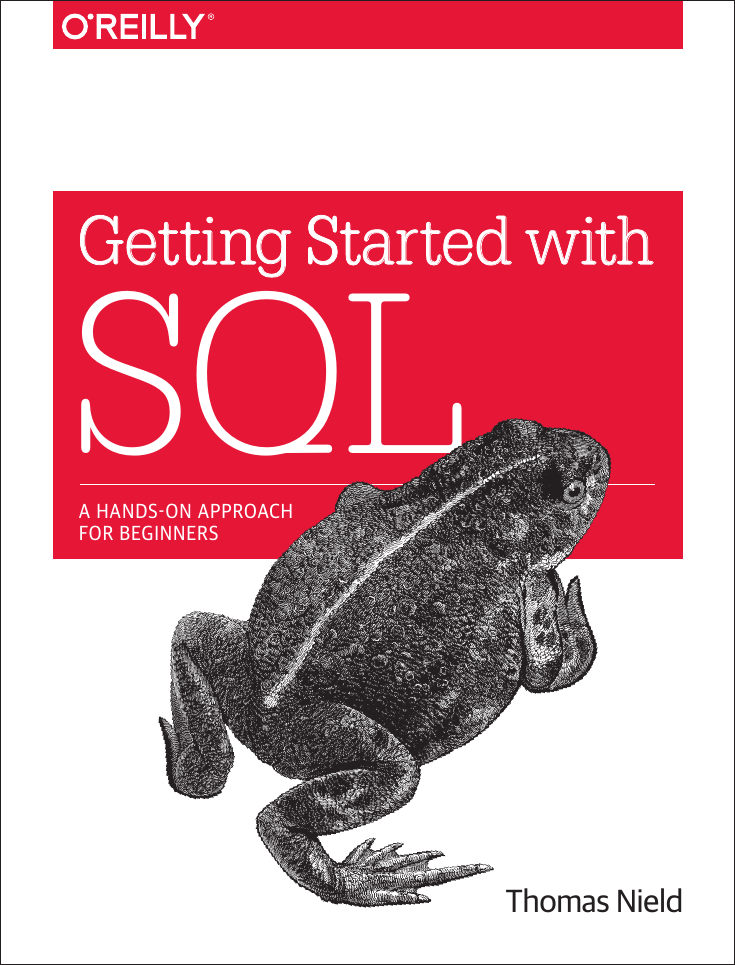
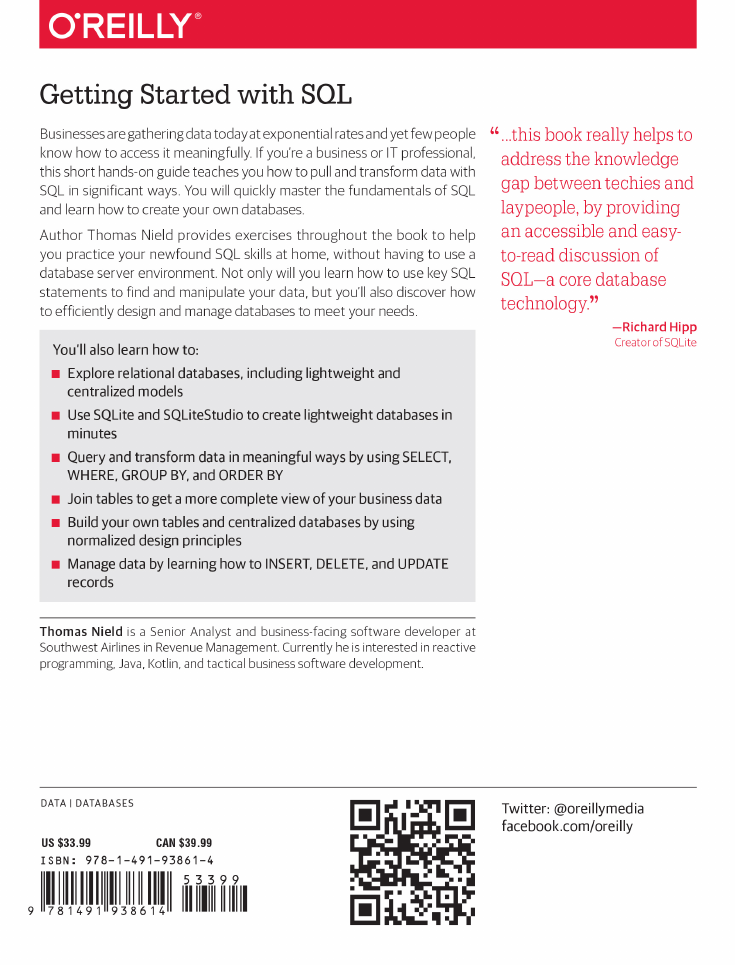
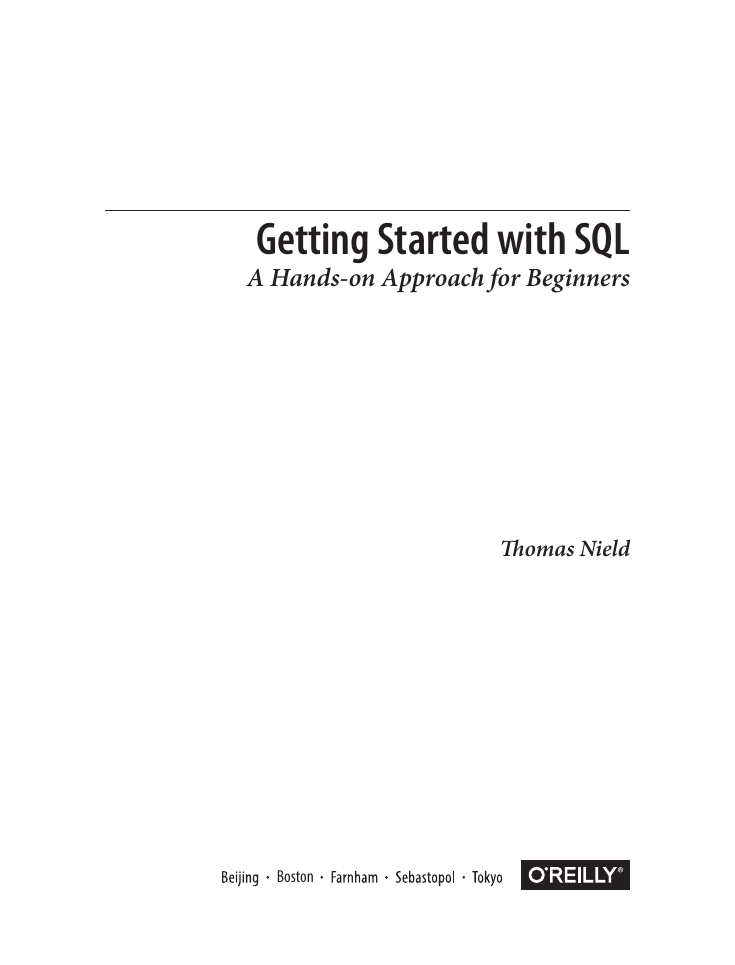
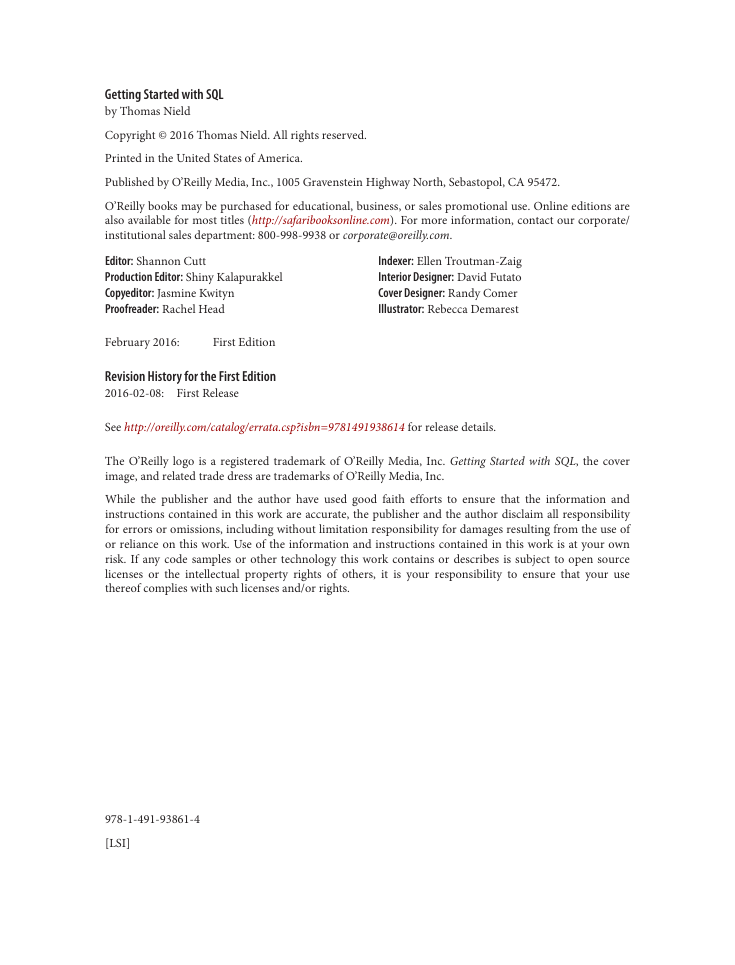


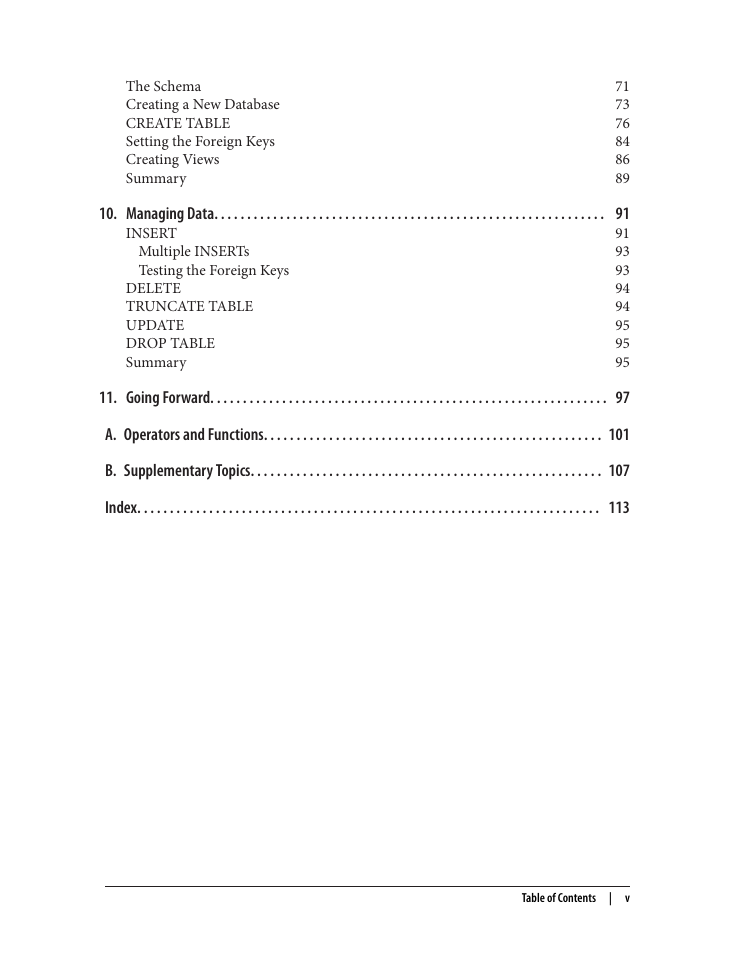









 2023年江西萍乡中考道德与法治真题及答案.doc
2023年江西萍乡中考道德与法治真题及答案.doc 2012年重庆南川中考生物真题及答案.doc
2012年重庆南川中考生物真题及答案.doc 2013年江西师范大学地理学综合及文艺理论基础考研真题.doc
2013年江西师范大学地理学综合及文艺理论基础考研真题.doc 2020年四川甘孜小升初语文真题及答案I卷.doc
2020年四川甘孜小升初语文真题及答案I卷.doc 2020年注册岩土工程师专业基础考试真题及答案.doc
2020年注册岩土工程师专业基础考试真题及答案.doc 2023-2024学年福建省厦门市九年级上学期数学月考试题及答案.doc
2023-2024学年福建省厦门市九年级上学期数学月考试题及答案.doc 2021-2022学年辽宁省沈阳市大东区九年级上学期语文期末试题及答案.doc
2021-2022学年辽宁省沈阳市大东区九年级上学期语文期末试题及答案.doc 2022-2023学年北京东城区初三第一学期物理期末试卷及答案.doc
2022-2023学年北京东城区初三第一学期物理期末试卷及答案.doc 2018上半年江西教师资格初中地理学科知识与教学能力真题及答案.doc
2018上半年江西教师资格初中地理学科知识与教学能力真题及答案.doc 2012年河北国家公务员申论考试真题及答案-省级.doc
2012年河北国家公务员申论考试真题及答案-省级.doc 2020-2021学年江苏省扬州市江都区邵樊片九年级上学期数学第一次质量检测试题及答案.doc
2020-2021学年江苏省扬州市江都区邵樊片九年级上学期数学第一次质量检测试题及答案.doc 2022下半年黑龙江教师资格证中学综合素质真题及答案.doc
2022下半年黑龙江教师资格证中学综合素质真题及答案.doc